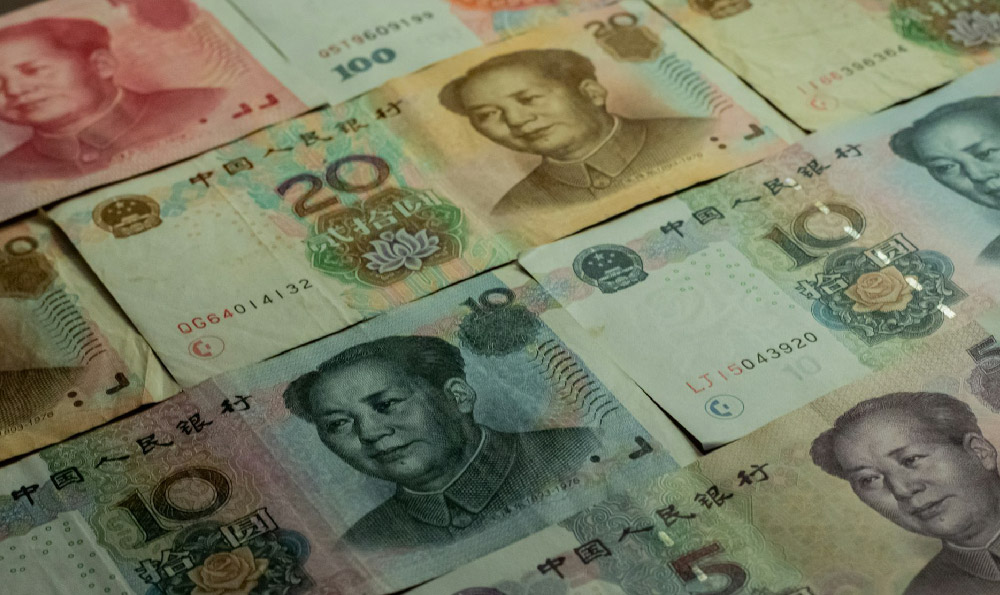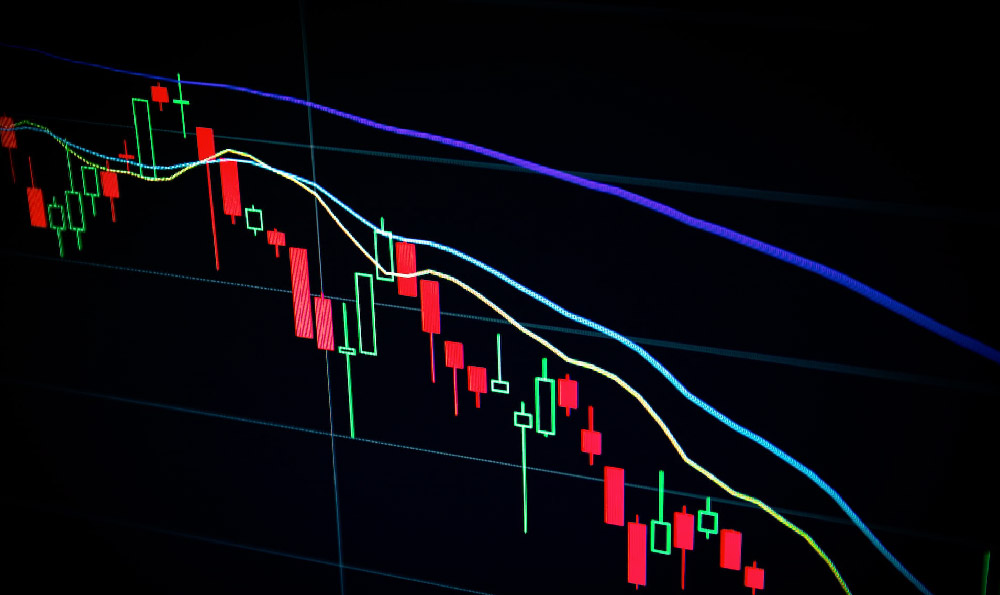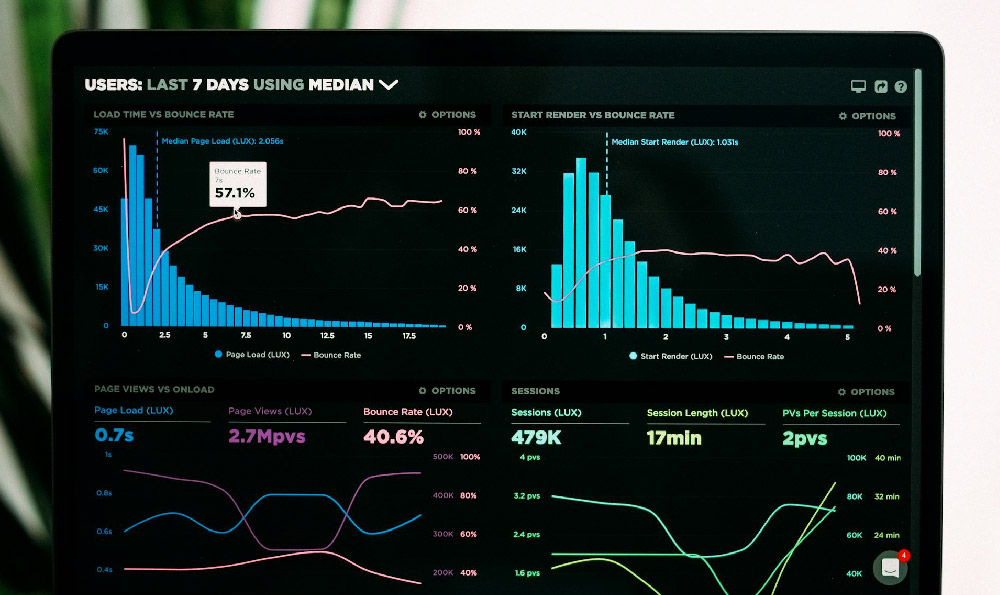The highly anticipated boxing match between Mike Tyson and Jake Paul has ignited a firestorm of financial speculation alongside the sporting buzz. Estimating the exact earnings for such an unprecedented event involves navigating a complex web of revenue streams and contractual agreements, making precision nearly impossible. However, we can delve into the various factors that will contribute to the overall pot and attempt to estimate the potential payouts for both fighters, particularly focusing on Mike Tyson's potential earnings.
The primary drivers of revenue for this fight will undoubtedly be pay-per-view (PPV) sales, ticket sales, sponsorships, and merchandise. Let's break down each of these components.
Pay-Per-View Revenue: This is likely to be the most significant income stream. Considering the widespread interest generated by the fight, fueled by Tyson's legendary status and Paul's controversial but undeniable drawing power, a substantial number of PPV buys is anticipated. Previous boxing events featuring popular figures have garnered millions of buys. For instance, the Floyd Mayweather Jr. vs. Conor McGregor fight reportedly reached around 4.3 million PPV buys. While Tyson vs. Paul might not reach that colossal figure due to differing appeal and pricing strategies, it wouldn't be unreasonable to estimate a range of 2 million to 4 million buys. With PPV prices typically ranging from $50 to $100, this alone could generate between $100 million and $400 million in revenue. The final number will depend heavily on the pricing chosen by Netflix, the platform streaming the fight, and their marketing efforts.

Ticket Sales: The venue, AT&T Stadium in Arlington, Texas, boasts a massive capacity, holding upwards of 80,000 people. If the event sells out, which is highly probable given the hype, ticket sales could contribute significantly. Assuming an average ticket price of around $200-$500, ticket revenue could easily fall between $16 million and $40 million. Premium seating and VIP packages would naturally contribute even more.
Sponsorships: Major sporting events like this attract a plethora of sponsors eager to associate their brands with the spectacle. From energy drink companies to apparel brands to sports betting platforms, sponsorship deals are a crucial revenue source. Estimating the value of these sponsorships is difficult without insider information, but it's safe to assume that the combined sponsorship revenue could reach tens of millions of dollars. The prominence of the fighters and the event's potential reach make it an attractive proposition for numerous companies.
Merchandise: From t-shirts and posters to signed memorabilia, merchandise sales will add another layer to the revenue pie. The popularity of both Tyson and Paul, coupled with the event's unique nature, suggests that merchandise sales could be considerable. While not as substantial as PPV or ticket sales, it's still a noteworthy contribution.
Now, let's turn to the crucial question: how will this revenue be distributed? Contractual agreements between the fighters, their management teams, and the promoters (in this case, potentially Netflix itself) will dictate the payout split. It is almost certain that Tyson, as the bigger draw in terms of historical legacy, will command a larger percentage of the overall revenue.
Estimating Mike Tyson's potential payout requires making some assumptions. If we take a conservative estimate of total revenue generated (including PPV, tickets, sponsorships, and merchandise) to be around $200 million, and if Tyson has negotiated a 50% share of the revenue (a plausible scenario given his star power), his potential payout could be in the ballpark of $100 million. However, this figure is subject to numerous variables.
The actual percentage split between Tyson and Paul is likely a closely guarded secret. Factors like each fighter's guaranteed purse, their cut of the PPV revenue, and performance-based bonuses will all play a role in determining the final distribution. Paul, while a significant draw in his own right, is unlikely to receive as large a percentage as Tyson. A more realistic estimate for Paul's payout might be in the range of $30 million to $60 million, depending on the specific terms of his contract.
It is also crucial to remember that these figures are gross earnings. Both fighters will be subject to taxes, management fees, training expenses, and other deductions, which will significantly reduce their net earnings.
Furthermore, the specifics of the agreement with Netflix will heavily influence the payout structure. Netflix's involvement adds a unique dimension to the equation, as they may be willing to offer a different financial arrangement than traditional boxing promoters.
Ultimately, while it's impossible to provide an exact figure without access to the confidential contracts, it's clear that both Mike Tyson and Jake Paul stand to make a substantial amount of money from this fight. Tyson, in particular, has the potential to earn a significant payday, potentially reaching or exceeding $100 million, solidifying his financial legacy alongside his boxing achievements. The fight represents a fascinating intersection of sports, entertainment, and finance, and the financial outcome will undoubtedly be scrutinized as closely as the action inside the ring.












